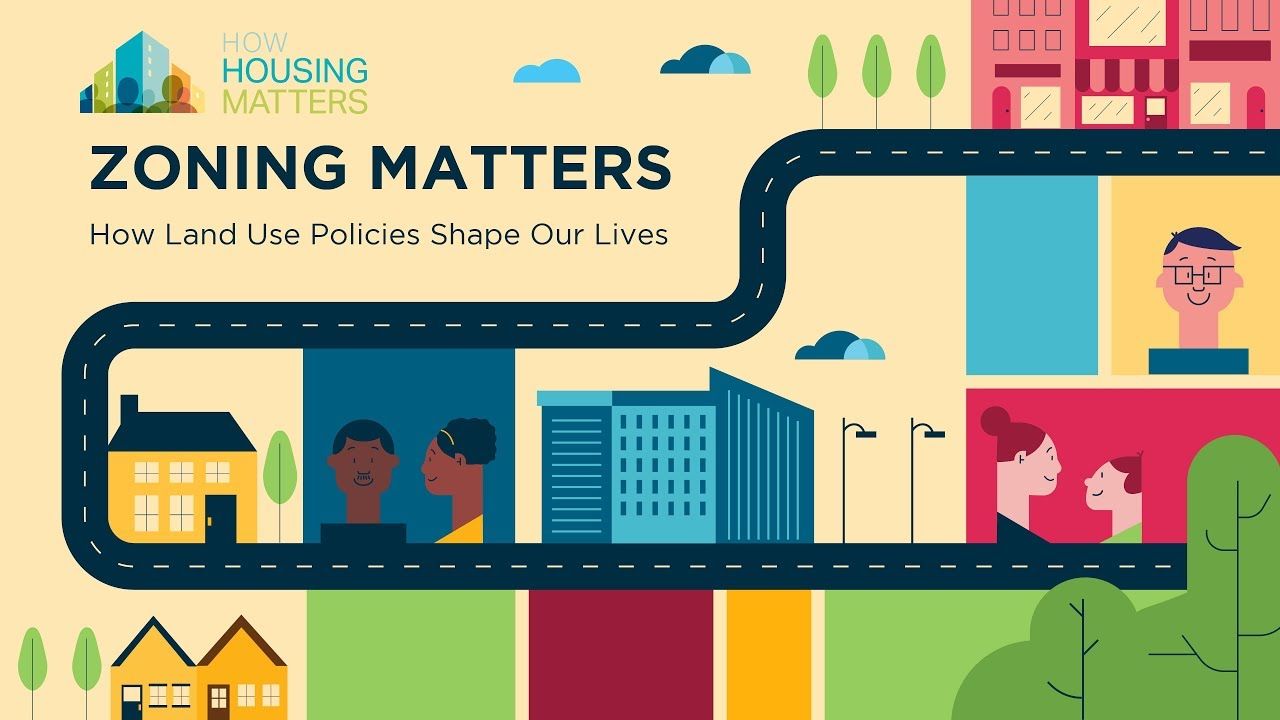Navigating Zoning Laws for Commercial Developments
In the world of commercial real estate development, understanding and navigating zoning laws is crucial. Zoning laws dictate how land can be used and developed, and violating these laws can result in costly fines and delays. As a tech-savvy developer, it’s essential to stay informed and up-to-date on zoning regulations to ensure your projects are compliant and successful.
Understanding Zoning Regulations
Zoning regulations are laws that divide land into different zones or districts, each with specific permitted land uses and building regulations. These regulations are put in place by local governments to promote orderly and harmonious development, protect property values, and ensure public safety. Common zone types include residential, commercial, industrial, and mixed-use zones.
It’s important to familiarize yourself with the zoning laws in the area where you plan to develop a commercial property. You can usually find this information on the city or county government’s website or by visiting the local zoning office. Pay attention to the zoning district of the property, as well as any overlays or special regulations that may apply.
Determining Land Use Permissions
Once you know the zoning regulations that apply to your property, you’ll need to determine what types of land uses are permitted. Commercial developments can include a wide range of uses, such as retail stores, restaurants, office buildings, and warehouses. Some zones may allow certain uses by right, while others may require special permits or variances.
Consult the local zoning code to see if your desired land use is allowed in the zoning district. If it’s not permitted, you may need to apply for a zoning variance or a rezoning of the property. This process can be complex and time-consuming, so it’s best to work with a knowledgeable land use attorney or zoning consultant.
Building Height, Setbacks, and Other Regulations
In addition to land use permissions, zoning laws also regulate building height, setbacks, lot coverage, parking requirements, and other aspects of development. These regulations are designed to ensure that new buildings are compatible with their surroundings and don’t create negative impacts on neighboring properties.
Before starting the design of your commercial development, review the applicable zoning regulations to determine the maximum building height, required setbacks from property lines, and any other design standards that must be met. Failure to comply with these regulations can result in costly redesigns and delays in the permitting process.
Seeking Professional Advice
As a tech-savvy developer, you have access to a wealth of online resources and tools that can help you navigate zoning laws more efficiently. Many cities and counties have online zoning maps and databases that allow you to research zoning regulations for specific properties. There are also software tools that can help you analyze zoning codes and determine compliance.
However, zoning laws can be complex and vary significantly from one jurisdiction to another. It’s always best to seek professional advice from a land use attorney, zoning consultant, or architect who specializes in commercial developments. These experts can help you interpret the zoning code, navigate the permitting process, and avoid costly mistakes that could derail your project.
By understanding and navigating zoning laws effectively, you can ensure that your commercial developments comply with regulations, mitigate risk, and achieve success in the competitive real estate market.
Remember: compliance is key in the dynamic world of real estate development!


